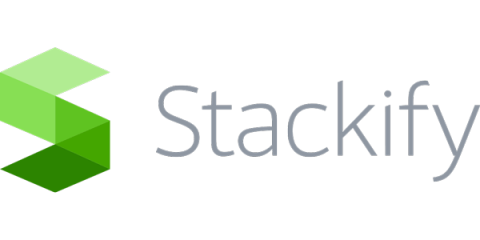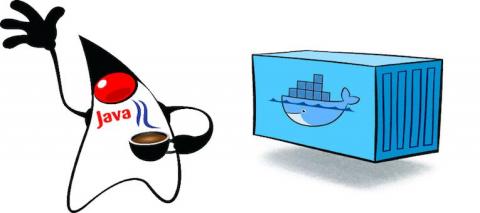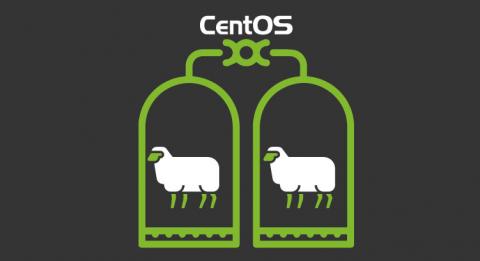Virtual Instruments is now Virtana!
I’m excited to announce that today we’re changing our company name to Virtana. Over the past three years, we have been steadily reinventing Virtual Instruments. You will still find the same deep infrastructure expertise, the same commitment to mission critical workloads, but now our portfolio offers a lot more breadth across the data center and into the public cloud.









